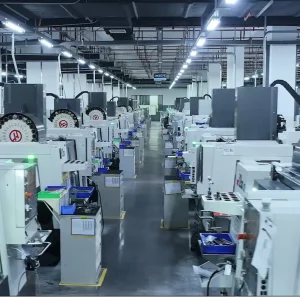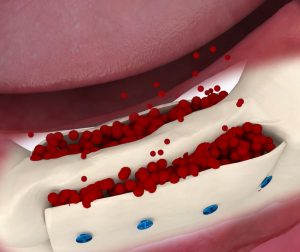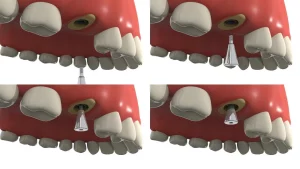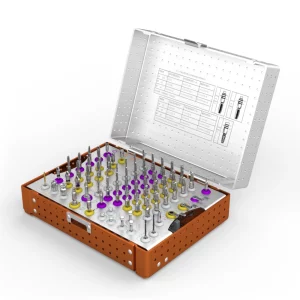Dental implants have transformed tooth restoration in contemporary dentistry by providing patients with lost teeth with a durable and efficient treatment. However, in certain situations, especially in the region of the posterior upper jaw, patients may have difficulties because of inadequate bone height brought on by the maxillary sinus and gradual bone resorption. This may make implant placement challenging. A sinus lift treatment becomes necessary in these circumstances, and the sinus lift kit is the most important instrument to guarantee a good and safe conclusion.
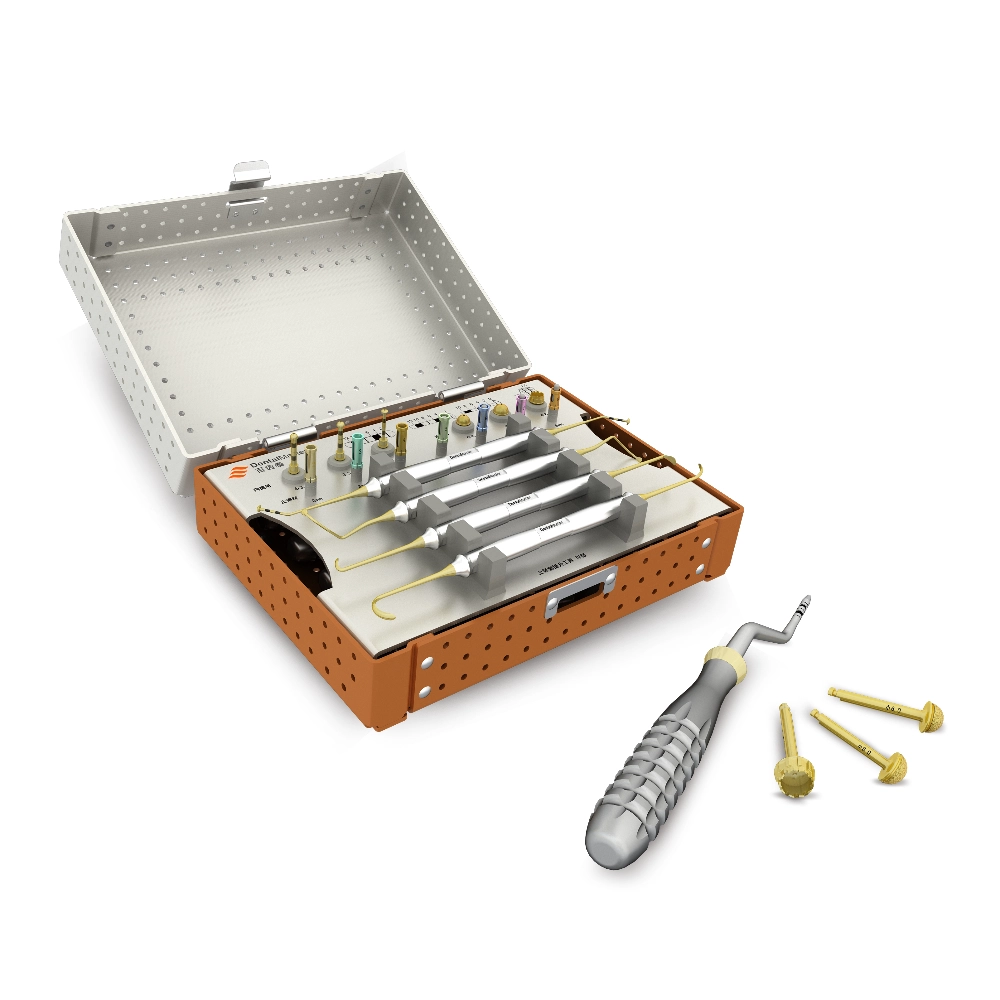
A Sinus Lift: What Is It?
The maxillary sinus, a hollow in the top jawbone, often causes issues when placing dental implants, particularly at the rear of the upper jaw. The residual bone height is often inadequate to sustain an implant when the sinus widens and bone resorption takes place. Placing an implant in an area with insufficient bone height may result in poor stability or even problems including infection, bleeding, or rupture of the sinus membrane.
Dental practitioners use a sinus lift technique to address this, which entails raising the sinus membrane and grafting bone to the sinus floor. This makes more bone accessible and provides the support that dental implants need.
The Role and Composition of the Sinus Lift Kit
A specialised collection of tools made especially for the sinus lift technique is called a sinus lift kit. These kits are expertly designed to help dentists do the treatment quickly and precisely while lowering the possibility of problems. In order to raise the sinus membrane, make the required space, and guarantee the precise positioning of bone grafts and implants, a standard sinus lift kit includes a number of instruments that cooperate.
Key Components of a Sinus Lift Kit:
Sinus Membrane Elevators: Without rupturing or harming the membrane, these devices gently raise the sinus membrane to provide room for bone grafting.
Bone Grafting Instruments: These instruments are designed to accurately insert bone graft material into the sinus cavity, giving the implants the right amount of volume and stability.
Precision Drills: These drills minimise damage to the bone and membrane while providing access to the sinus chamber by making a window in the maxillary sinus’s lateral wall.
Punch tools: These are used to tap and raise the sinus floor’s bone and mucosa to the appropriate height. To prevent harm to the sinus membrane, this step requires careful force management.
Guides and Plugs: During surgery, the guides guarantee precise tool placement, while the plugs shield the sinus membrane from harm.
Types of Sinus Lift Procedures
Internal lift and external lift are the two main categories of sinus lift operations.
When there is mild to severe bone loss, the internal sinus lift procedure is used. Because there is a smaller incision, there is less trauma and less healing time. The most popular technique for sinus lift procedures is this one.
External Sinus Lift: This technique is used when bone loss is more severe. This method is more intrusive yet useful in situations with significant bone shortages since it calls for a wider incision and more intensive bone manipulation.
Procedure Steps for the Sinus Lift
The typical steps involved in a sinus lift procedure include:
- Preoperative Evaluation: To evaluate the bone structure and sinus architecture, the dentist conducts an oral examination and obtains X-rays, such as panoramic or CBCT scans. To help direct the process, a surgical template might be made.
- Making the Window: The dentist chooses the best location for the opening and makes a tiny hole in the sinus’s lateral wall using the drills included in the sinus lift kit.
- Lifting the Membrane of the Sinus: The membrane elevators and punch tools are used to gently raise the sinus membrane, making room for the bone transplant.
- Placing the Bone Graft: To encourage the formation of new bone, the bone graft material is gently inserted into the sinus cavity.
- Placement of Implants: Depending on the patient’s health and the quantity of bone grafting needed, the implant may sometimes be positioned right after the sinus lift.
- Closure: After suturing the region shut, the patient is watched for any indications of problems.
Postoperative Care and Considerations
Patients need to get meticulous postoperative care after a sinus lift treatment in order to promote appropriate healing and lower the risk of problems. Due to the sensitivity of the sinus region, the recovery time may be somewhat harsh.
Postoperative Guidelines:
- Cold Compresses: During the first 24 hours, using cold compresses sporadically helps lessen pain and oedema.
- Antibiotics: The patient may need to take antibiotics for three to seven days in order to avoid infection.
- Staying away from Pressure: For a few weeks, refrain from doing anything that can raise the pressure in the sinus cavity, such blowing your nose, sneezing, or flying.
- Frequent Follow-up: To track the healing process and guarantee the durability of the bone graft and implant, the patient should go to follow-up appointments on a frequent basis.
Benefits of Using a Sinus Lift Kit
For dental practitioners, a well-designed sinus lift kit offers several benefits, guaranteeing that the process is performed with extreme speed and accuracy. Among the main advantages are:
- Precision: The kit’s specialised tools enable accurate manipulation of the bone graft material and sinus membrane, reducing risks and enhancing surgical results.
- Efficiency: A seamless workflow during surgery is made possible by having all the required instruments in one kit, which also helps save time.
- Consistency and Dependability: A top-notch sinus lift kit guarantees that tools will last a long time and provide consistent outcomes across a variety of treatments.
- Decreased Complication Risk: Complication risks, including sinus membrane perforation, are significantly decreased when the proper instruments are used.
- Comfort of the Patient: A well performed sinus lift treatment causes minimal damage to the surrounding tissue, which speeds up recovery and improves patient outcomes.
Conclusion
In dental implantology, the sinus lift kit is a vital instrument that allows dentists to confidently and precisely conduct sinus lift procedures. A sinus lift treatment may provide the volume and space needed to support dental implants, guaranteeing long-term success, regardless of the degree of bone loss in the upper posterior jaw.
Sinus lift kits will remain essential in extending the potential of dental implants and assisting more patients in restoring their smiles and regaining dental function as long as dental technology and implantology continue to progress.

